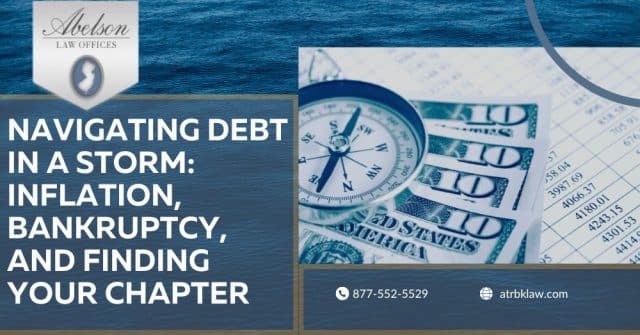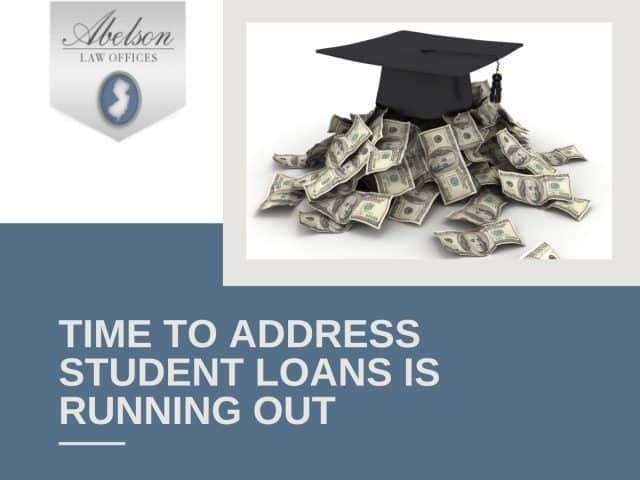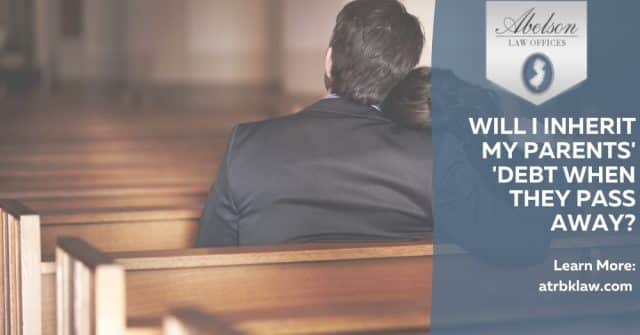Unfortunately in these recent times, this has become an all too familiar problem. The years of ever climbing home values were certainly rewarding, but in many ways sowed the seeds for the 2007/2008 economic meltdown. Houses were often leveraged way too much; leaving little to no cushion if the values ever decreased, which they ultimately did.
As the economy has slightly recovered, the declining real estate market has leveled off, but there has been no restoration of the pre-recession values. Homeowners are now faced with the dilemma of homes often worth tens of thousands (in some cases, we have seen homes well over $100,000 “underwater”) of dollars less than they could be possibly sold for. A bankruptcy filing can be a useful tool to address this.
Clearly, if this were the only financial issue at hand and the homeowner is current on the mortgage payments and able to continue making them on time, a bankruptcy wouldn’t make sense. The damage to one’s credit would probably outweigh any advantage of avoiding the mortgage liability and being able to escape from an under valued home. Furthermore, I personally remain optimistic that ultimately, the values will rise again.
The more common scenario is an undervalued home accompanied by delinquent mortgage payments and/or extensive unsecured (i.e. Credit cards) debt burdens. Bankruptcy then becomes a relevant conversation. There are multitudes of ways (or combination of ways) a house can be treated in bankruptcy. Here are a few of the more common ways we approach a home without value:
Surrender
The house can be given up and all mortgage indebtedness, including any deficiency on the mortgage loan will become a dischargeable debt in the bankruptcy filing. This is especially useful for second mortgage deficiencies, which most often survive a foreclosure, or even often a short sale (a release of a mortgage lien for a short sale is not the same as a release of personal liability!). Normally the homeowner can continue to reside in the property for an extended period after the initial mortgage default while the first mortgage company pursues the foreclosure in state court, sometimes for periods in excess of a year or more.
Mortgage Cure
If the mortgage is in arrears, a Chapter 13 bankruptcy can be utilized to bring the mortgage current over five years, assuming the contractual payments due on the mortgage are resumed and paid timely going forward. This is very effective if the competing debt (the credit cards, medical bills, etc.) can otherwise be eliminated thus freeing up the funds to save the house. While this does not change the fact that one may still owe more than the current value, it does resume the mortgage reduction through principal payments and eventually equity will most likely return.
Elimination of Junior Mortgages/Liens
This is a unique opportunity under Chapter 13 of the Bankruptcy Code called a “strip off” or “cram down” whereby a subordinate mortgage or other lien (i.e. a lawsuit judgment) can be totally eliminated if there is no equity in the property to support it. In other words, if the house is worth less than what is owed on the first mortgage alone; the second mortgage or other lien can be treated as wholly unsecured in the bankruptcy and effectively removed. The debt to that second mortgage or judgment creditor becomes just like a credit card debt and would receive the same treatment those creditors receive in the bankruptcy- which may mean they receive nothing. Again, this will not immediately restore value to the house, but may present a realistic opportunity for future value.
Loss Mitigation
The Bankruptcy Courts in New Jersey have a loss mitigation program which attempts to streamline and accelerate the mortgage modification process. Sometimes the modification of the first mortgage is far more feasible because of the elimination of other debt in the bankruptcy process. Regrettably, the success rates for these applications are not overwhelmingly favorable as it remains completely voluntary on the part of the mortgage holder, but this process has shown better results than modification applications made without any structure whatsoever.
If any of these options are appropriate depends on a wide variety of circumstances, including the mortgage status, existence of other debt, the current household income, and the existence and value of other potential assets. Be wary of any “quick fix” solutions as they normally have potential consequences. Even a seemingly benign offer of a release of liability from a creditor could result in unintended tax consequences for cancellation of debt (1099C income) quickly minimizing or outright destroying any anticipated benefit. That potential liability is avoided in Bankruptcy.
We encourage homeowners faced with undervalued homes to consider all of the available options and never simply give up in desperation.




